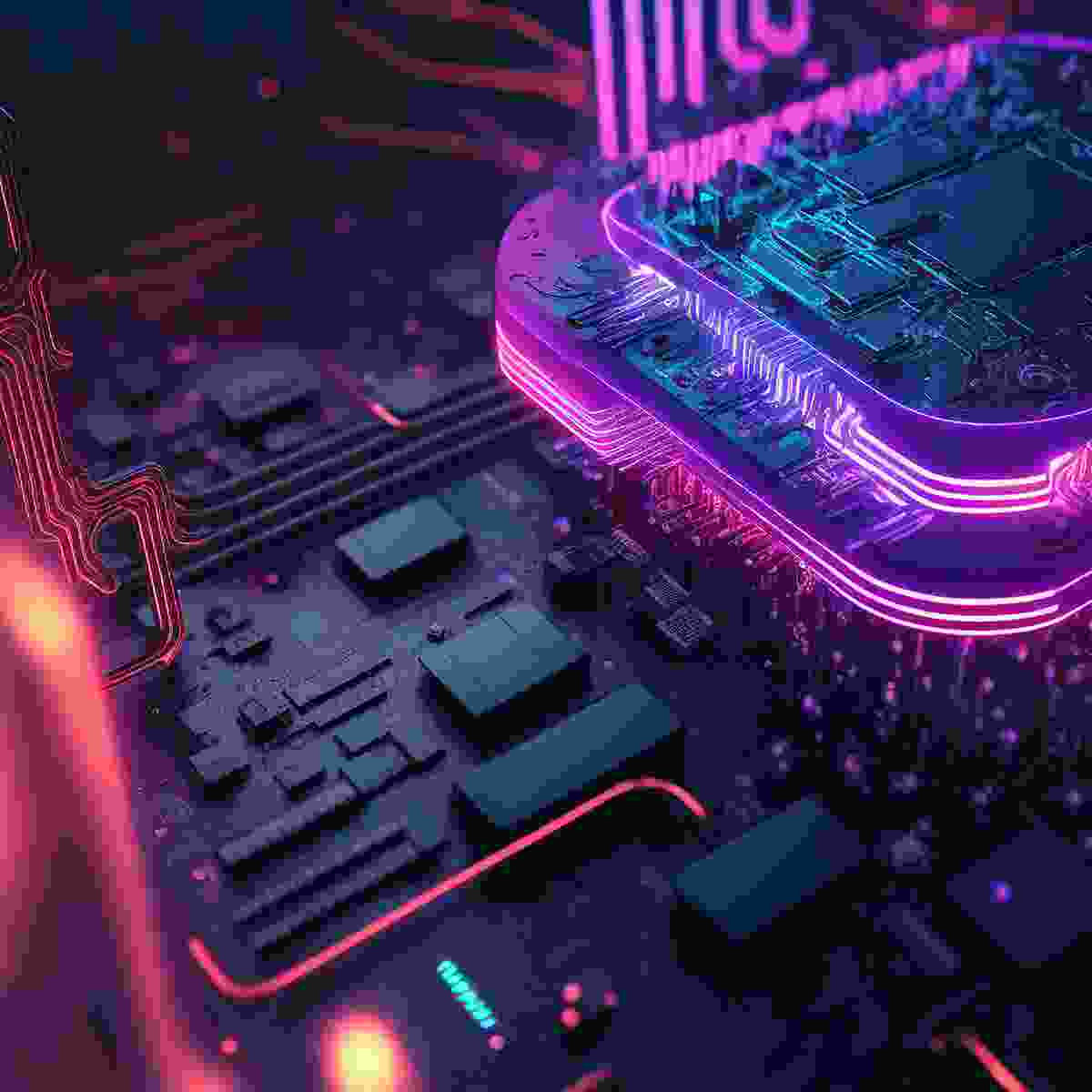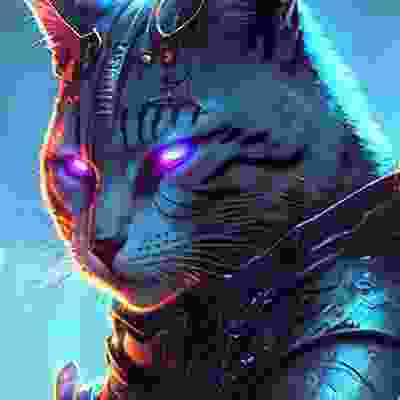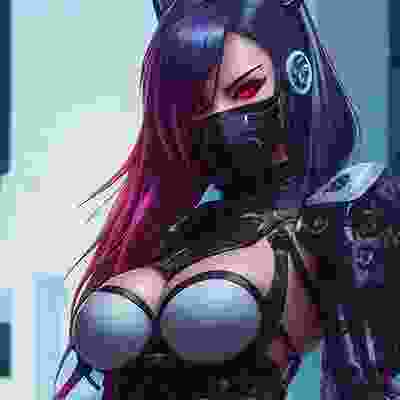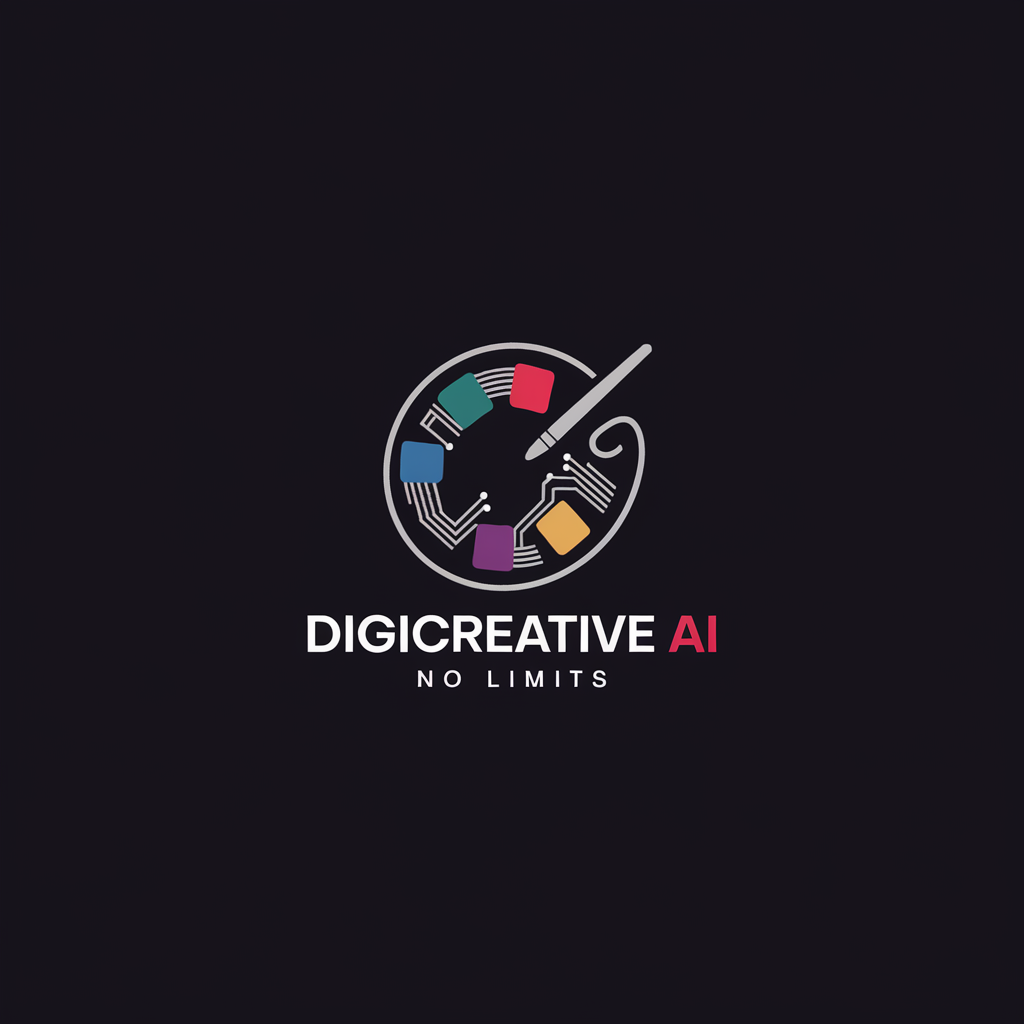No products added!
September 18, 2025
From Concept Art to Reality: The Story of a Massive Studios Game’s Design Process
The journey from concept art to a fully-fledged video game is a complex and fascinating process, involving multiple stages, meticulous planning, and collaboration among teams of talented individuals. In this article, we will delve into the design process of a massive studios game, highlighting the key milestones and decisions that brought it to life.
Concept and Pitch
The journey begins with a spark of creativity – a concept art piece or a rough https://super-wild-cat.com/ idea scribbled on a napkin. In the case of our hypothetical game, "Epic Odyssey," the initial concept was born from a combination of influences: ancient mythology, cyberpunk aesthetics, and a dash of sci-fi fantasy. The team’s lead designer, Alex, created a stunning concept art piece featuring a sprawling metropolis built atop a ruined city, with towering spires and neon-lit skyscrapers piercing the smog-filled sky.
This initial concept was pitched to the studio’s creative director, Rachel, who saw potential in the idea but also had reservations about its feasibility. "We knew we wanted something that would appeal to fans of The Matrix and Blade Runner," Rachel recalls, "but we also needed to ensure it wouldn’t get lost among other similar games on the market." After several rounds of discussion and refinement, the team settled on a core vision: Epic Odyssey would be an action-RPG set in a dystopian world where players take on the roles of rebels fighting against a corrupt corporation that has usurped control.
Pre-Production
With the concept solidified, the team moved into pre-production. This phase involved defining the game’s core mechanics, setting up project milestones, and establishing a rough timeline for development. Alex worked closely with the art director to flesh out the game’s world and its inhabitants, creating detailed character designs and environments that would become the foundation of the game.
Meanwhile, the programming team began researching potential engine choices (they ultimately settled on Unreal Engine 4) and experimenting with prototype builds to test core mechanics like combat and traversal. "We knew we wanted a mix of fast-paced action and strategic depth," says lead programmer Mike, "but we had to make sure our systems could handle it."
Story Development
During pre-production, the narrative team started working on a detailed story outline. They drew inspiration from various mythologies and fairy tales, incorporating elements that would resonate with players. The game’s protagonist, Lyra, is a young woman driven by a personal quest for revenge against the corporation responsible for her family’s death.
Story writer Emily worked closely with Rachel to ensure the narrative aligned with the overall vision. "We knew we wanted a story that would explore themes of oppression and resistance," Emily explains, "but we also needed to make sure it didn’t overshadow the gameplay."
Asset Creation
With the pre-production phase complete, asset creation began in earnest. The art team worked tirelessly to create detailed environments, characters, and props, often collaborating with other disciplines like programming and design to ensure consistency across different systems.
Lead artist Jane’s team developed a distinctive visual style for Epic Odyssey, blending gritty realism with stylized neon accents. "We wanted the game world to feel lived-in," she says, "like players were exploring a real city." Meanwhile, the sound design team worked on crafting an immersive audio experience that would transport players into the game world.
Polish and Feedback
As development progressed, the team incorporated feedback from internal playtesting sessions. These sessions provided valuable insights, allowing the designers to iterate on core mechanics and balance issues.
"We’re always tweaking things on the fly," Mike notes. "It’s a constant process of refining our systems to ensure they work seamlessly." The team also implemented a rigorous QA system to catch bugs early on, ensuring that players wouldn’t encounter frustrating errors or exploits.
Launch Preparations
After months of hard work, Epic Odyssey was finally ready for launch. The marketing team created trailers and promotional materials showcasing the game’s stunning visuals and immersive gameplay experience.
To manage the hype surrounding the release, the team organized a series of influencer events and press previews, allowing critics to get hands-on with the game before its official debut. "We knew we had something special," Rachel says, "but we also wanted to make sure players felt like they were part of this epic journey."
Launch Day
Finally, on launch day, Epic Odyssey hit store shelves (or rather, digital storefronts). Players worldwide dove into the world of Lyra and her allies, experiencing the game’s fast-paced action and strategic depth firsthand.
"We were all nervous but excited," Alex says. "We knew we’d created something special, but we also knew there would be room for improvement." The team continued to support Epic Odyssey with regular updates, patches, and DLCs, refining the experience based on player feedback.
In conclusion, the design process behind Epic Odyssey is a testament to the dedication, creativity, and perseverance of the game development community. From concept art to launch day, every stage of development involved meticulous planning, collaboration, and iteration – ultimately yielding a game that captivated players worldwide.
The next time you play a massive studios game, remember the countless hours, sweat, and tears that went into bringing it to life. The world may seem like magic, but behind the scenes lies a complex web of creative decisions, technical challenges, and passionate individuals driven by a shared vision.









